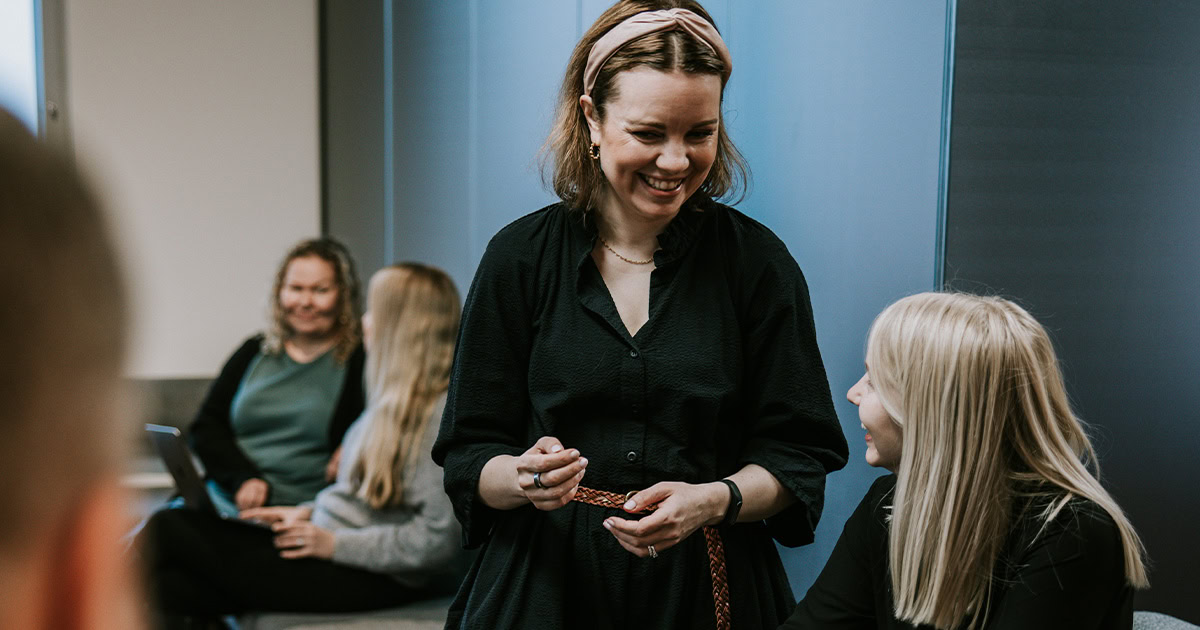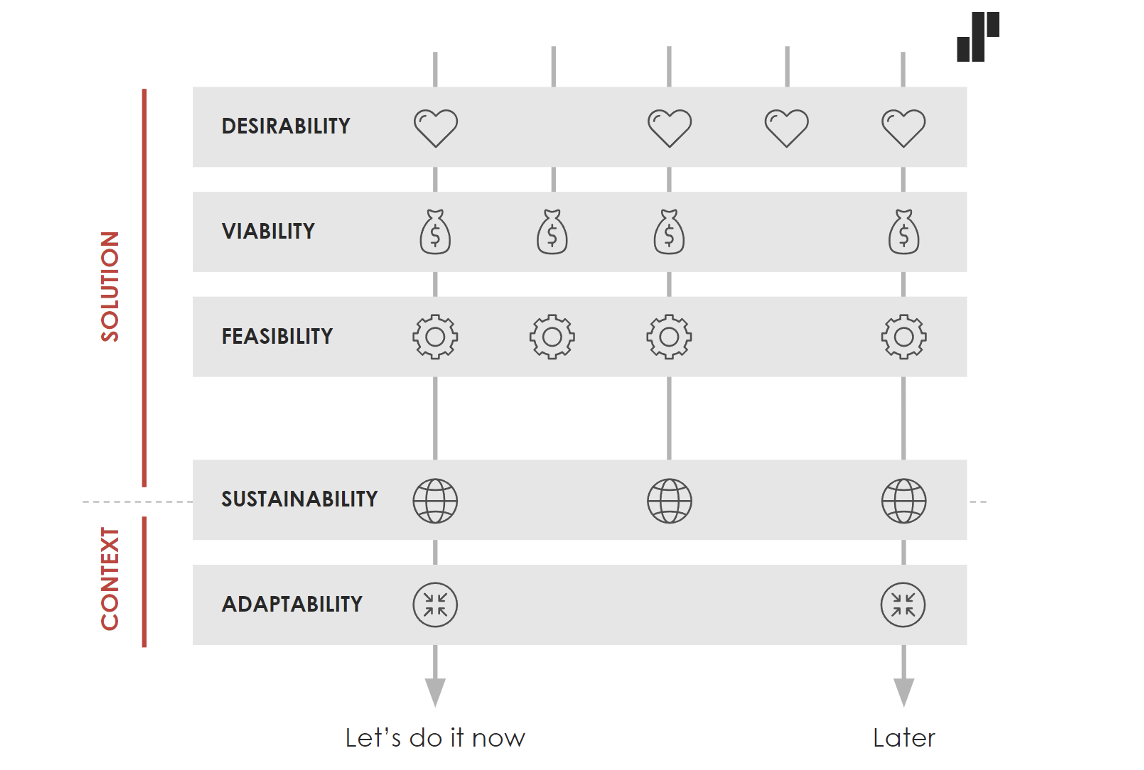Quite often one might come across a story of a company or an organisation which decided to embark on a transformational journey but didn’t really have an understanding of the end user’s needs and/or wishes. Organisations end up implementing projects linked to strategy without being able to answer the basic question:” What value are we getting? What are we trying to achieve?”
I feel truly blessed to work in a company where we are encouraged to challenge our customers to think for the long run. Even though it is in our company DNA to help our customers make decisions that benefit them and naturally bring profits to the table, we don’t do things “just because.”
In this blog post, I try to gather my personal thoughts on this phenomenon and perhaps share an idea or two to consider in your organisation.
Rise and fall of pursuit of short-term profits
History is full of examples where the short-sightedness of organisations has led them to a point of no return. Sometimes these moments have given the organisations the choice of pivoting to a different direction or staying in the same lane. In the current fast-paced IT environment, one organisation’s poorly based decisions can easily lead to another organisation gaining its position.
Remember the images of overheating and exploding Samsung notepads? I do, and this was over 7 years ago. In this case, the Korean IT company tried to hurry the launch of its product due to a tight timeline given by the management in order to be able to compete with its biggest rival and its product launch (NBC, 2017). Thorough testing phases and user involvement were more or less disregarded in the project. This all led to product recalls and a significant blow to their reputation.
Just throw in a couple of examples outside of the IT project world, we’ve had cases like Enron – an American energy company which notoriously used accounting loopholes and financial manipulation in order to gain growth and profits from its investors (Benston & Hartgraves, 2002). Another example would be Kodak which used to be a true powerhouse in the photography industry. They had early knowledge of digital imaging but the company management decided to invest in film production and this eventually led to a market share decline and bankruptcy in 2012 (Lucas Jr, H. C., & Goh, J. M., 2009). Who knew digital transformation was the real deal?
In each of these cases, the companies’ short-term focus on immediate financial gains came at the expense of long-term sustainability and value creation. This ultimately resulted in severe consequences, including bankruptcies, financial crises, legal penalties, and damaged reputations. These examples serve as cautionary tales about the importance of balancing short-term gains with long-term strategic planning and ethical considerations.
Building trust is the key
I try to remind myself every now and then “Why do we say no to certain proposals when we know this all seems rushed?” I want to think that this will show that we care. Even though these discussions are never easy and might take a couple of iterations. When we truly deep-dive into customer’s problems and goals, we may build long-lasting relations.
Naturally, this needs to happen in an environment of mutual respect. Once a relationship based on trust is built, it is much easier to start questioning whether a feature or an action creates long-term value or not. In the right environment asking these questions does not add to confrontation. This kind of project culture does not just happen. This can only happen when in the initial phases of the project, these principles are said out loud and understood by both parties.
Working together and involving the needed stakeholders nurtures stronger relationships. When the project lead is invested in their success, it gives a foundation for open discussion and true relations which goes to both ways.
Things to consider when aiming for long-term value
There are certain questions that should be asked in projects when there is a moment when we need to choose a direction. One important thing is to include design thinking in iterative processes. We may want to explore our options and then narrow it down to find the right direction. There are some questions that might guide you in these moments:
Solution
- Is the solution desirable? How do our users see the product? Is it lovable?
- Is it viable? Naturally, we don’t want to throw financial thinking in the trash bin. When making decisions, it is crucial to analyse the viability money-wise. Do we get a return for this investment in the long run?
- What about the feasibility? Do we have the tools and resources to build such a solution?
Context
- Is it sustainable? Does the solution stand the test of time? This is important to consider in the design phase.
- What about adaptability? Is it wise to implement it right now?
© Putte Huima & Lauri Kieksi


